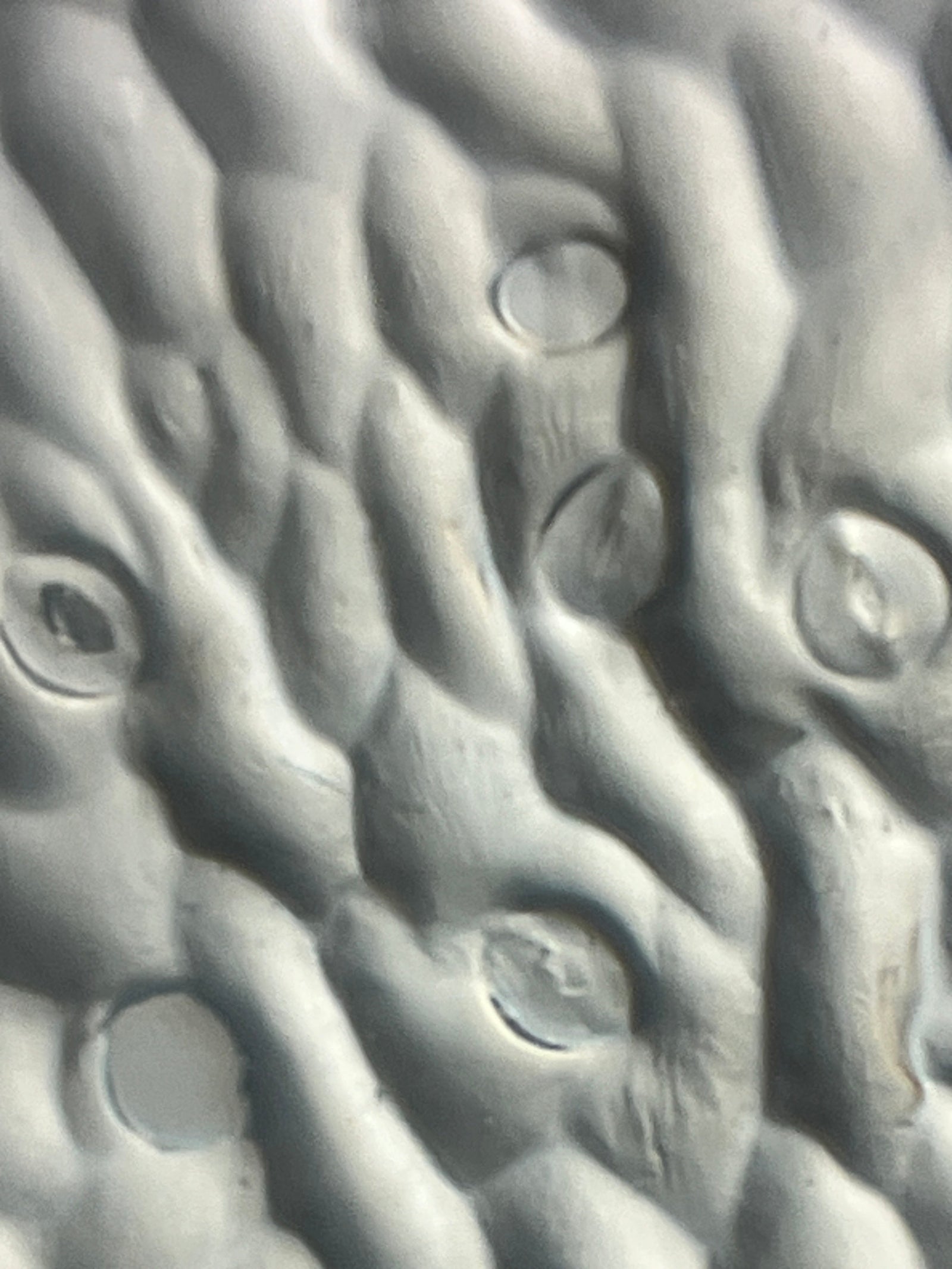I found an old watering can in my garden. I looked inside and saw that it was filled with water, green algae, and tiny swimming organisms. Sadly, they turned out to be mosquito larvae. But, before I emptied the can, I put them under my Foldscope for a closer look!

Mosquito Life Cycle
The average life cycle of a mosquito can complete itself in about two weeks. First, female mosquitoes lay their eggs (hundreds of them!) in the water. After a few days, the eggs hatch and the larval form appears. The larvae have worm-like bodies that swim rapidly through the water, earning them the nickname “wrigglers.” The mosquitoes I found in my watering can were at this stage. A week later, the larvae turn into pupae and a couple of days after that, the pupae turn into adults. And these adults begin the cycle anew.

Click here to read a Microcosmos post featuring pictures and video of mosquito larvae viewed under a Foldscope.
What Do Mosquito Larvae Eat?
Mosquito larvae eat algae and other microorganisms that live in the water. The brush-like hairs around their mouths filter the food out of the water like a fishing net. The amount of green film I found inside my watering can indicated that the wrigglers had plenty to eat in there!


Health Concerns Related to Mosquitoes
Unfortunately, mosquitoes have the ability to transmit viruses, bacteria, and parasites that cause deadly diseases. Their widespread global distribution and rapid transition from egg to adult has an incredibly negative impact on human health. While not every species of mosquito carries deadly diseases, their itchy bites make them a general nuisance people want to minimize.
One thing that helps keep mosquito numbers down is eliminating areas with standing water. Removing their breeding ground will interrupt the life cycle, discouraging population growth.

So, while I got some great microscopy pictures of the algae and the mosquito larvae, I knew that for health reasons, this particular ecosystem needed to go away. I cleaned out the watering can and will now do a better job of maintaining my garden area so it is less welcoming to mosquitoes and more welcoming to microbes that will encourage healthy soil for my plants!

What did these images make you think of? Use your Foldscope to dive into the microscopic world and find ways to make your environment healthier. Share your microscopic images and thoughts on the Microcosmos. Be sure to tag us on social media when you post the results of your explorations, creations, and discoveries! We love to see how Foldscopers around the world are using their Foldscopes in new and innovative ways!
Facebook: @Foldscope
Twitter: @TeamFoldscope
Instagram: @teamfoldscope
Sources:



